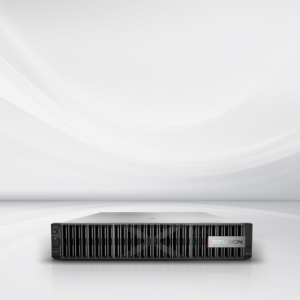FusionDirector: Full-lifecycle Security and Trustworthiness
With the rapid development of networks and data centers, servers at the core of data centers are facing various internal or external security risks. During design of xFusion's servers, security of both hardware and firmware was full considered to ensure the confidentiality, integrity, and availability of the server as well as the security of the hardware infrastructure throughout the life cycle.
Firmware security plays a basic role in hardware platform security. Based on the chip-level root of trust (RoT), an xFusion's server verifies the digital signature of the firmware during system startup and upgrade to prohibit the maliciously tampered firmware from being started and loaded for ensuring the security of firmware. The firmware of xFusion Server complies with the firmware resiliency standard NIST SP 800-193. Right after the chip-level RoT detects that the running firmware is tampered with, the firmware can be silently restored to the state of the last normal startup.
Due to the large-scale data gathering, sharing, and exchange, as well as frequent data leakage, and regular data attacks, xFusion's servers, based on the requirements of data full-lifecycle management, adopt secure encryption algorithms to encrypt and store the sensitive information for data security, and use secure communication protocols to ensure data transmission security. xFusion's servers also provide full-drive deep erase to prevent information leakage and ensure data security throughout the life cycle.





